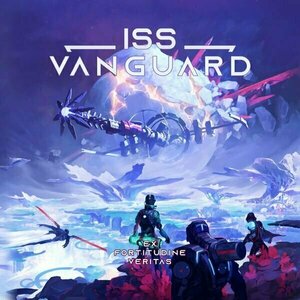
ISS Vanguard
Tabletop Game
ISS Vanguard is a 1-4 player co-operative, campaign Board Game. It will bring players right into...
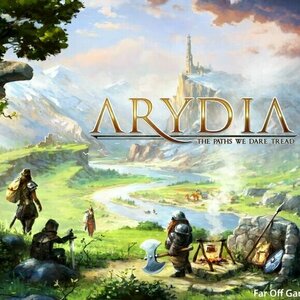
Arydia: The Paths We Dare Tread
Tabletop Game
A Green Legacy Game, Arydia is an open world, campaign based, cooperative fantasy role playing board...
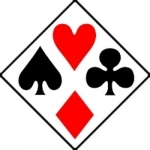
Bridge Baron
Games and Entertainment
App
Rated "A" by the American Contract Bridge League Internet READY!!! Play Online with your partner...

Nightmares from the Deep™: Davy Jones, Collector's Edition HD (Full)
Games and Entertainment
App
Reveal Davy Jones’ darkest secrets and defeat the nefarious sea devil once and for all! Museum...
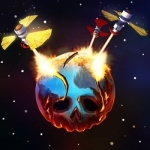
First Strike 1.3
Games and Education
App
==================== First Strike: Nuclear War, but it's Fun The Top 10 Strategy Game in over 50...
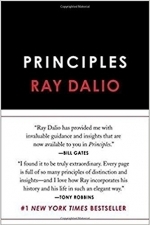
Principles: Life and Work
Book
“Significant...The book is both instructive and surprisingly moving.” —The New York Times ...
business finance
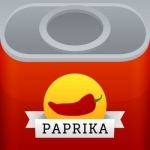
Paprika Recipe Manager for iPhone
Food & Drink and Lifestyle
App
Delightfully simple recipe management for everyone: from aspiring cooks to professional chefs. With...

French Creole for Aid Workers
Education and Reference
App
COMMUNICATE MORE EFFECTIVELY with this 200+ phrase crash course in French Creole. Created by Burn...
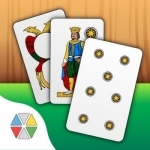
Scopa: la Sfida
Games
App
Challenge your friends now at Scopa: La Sfida, the only one with SCOPONE SCIENTIFICO mode! Download...
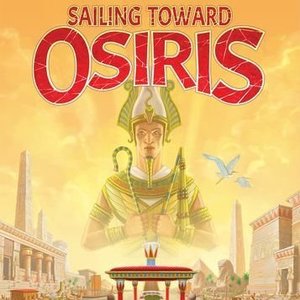
Sailing toward Osiris
Tabletop Game
Pharaoh is dead and his funerary barge sails slowly down the Nile toward his tomb where his spirit...
BoardGames 2018Games EgyptianGames